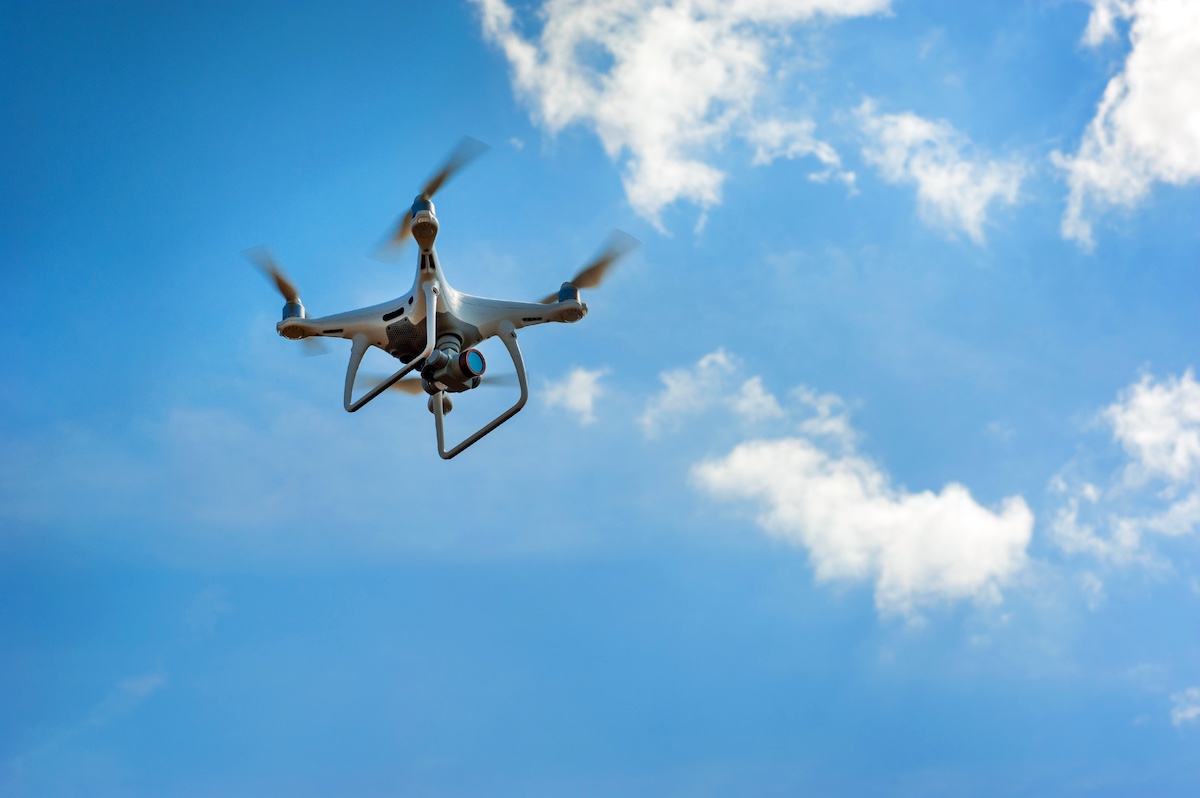
Drones have revolutionized how we capture aerial footage, inspect infrastructure, and even conduct research. However, with this incredible technology comes significant responsibility. Ensuring the safety of your drone operations is crucial not only for avoiding accidents but also for complying with regulations. Here’s a concise guide to mastering drone safety based on expert recommendations.
1. Understand and Follow Local Regulations
Before launching your drone, it’s essential to familiarize yourself with local regulations. The Federal Aviation Administration (FAA) in the United States, for instance, has specific rules governing drone use, including altitude limits, no-fly zones, and registration requirements. Always check your country’s aviation authority for guidelines and ensure you have the necessary permissions or licenses.
2. Pre-Flight Checks: The Basics
Performing pre-flight checks is fundamental to ensuring your drone operates safely and efficiently. Here’s a quick checklist:
- Inspect the Drone: Check for any visible damage or loose parts.
- Battery Check: Ensure batteries are fully charged and properly secured. Carry extra batteries if you anticipate extended flight time.
- Firmware Updates: Update the drone’s firmware to the latest version to benefit from improved performance and safety features.
3. Maintain Line of Sight
One of the critical safety practices is to always maintain visual line of sight with your drone. This ensures you can see the drone’s position and avoid obstacles. Using a spotter can help, especially in challenging environments, but it’s still essential to keep the drone within your sight.
4. Avoid Flying Near People and Property
To minimize risk, avoid flying over people, densely populated areas, and private property without permission. In case of an emergency or malfunction, this practice helps prevent potential harm and legal issues.
5. Be Weather-Wise
Weather conditions play a significant role in drone safety. High winds, rain, and fog can severely impact your drone’s performance and stability. Always check the weather forecast before flying, and avoid taking off in adverse conditions.
6. Respect No-Fly Zones
No-fly zones are designated areas where drone flight is restricted due to safety or security concerns. These include airports, military bases, and certain urban areas. Use apps or tools that provide real-time information on no-fly zones to ensure you avoid these areas.
7. Be Aware of Your Surroundings
Stay alert to your surroundings and potential obstacles. Trees, power lines, and buildings can pose significant hazards. Always plan your flight path to avoid these obstacles and ensure a safe distance from them.
8. Practice Safe Flying Techniques
Adopting safe flying techniques can enhance your control over the drone:
- Takeoff and Landing: Perform these maneuvers in open areas free from obstacles.
- Emergency Procedures: Familiarize yourself with the drone’s emergency procedures, such as returning to home (RTH) or initiating a controlled descent.
- Avoid Rapid Maneuvers: Sudden movements can lead to loss of control. Fly smoothly and gradually to maintain stability.
9. Keep Your Drone Maintained
Regular maintenance is key to preventing malfunctions. Clean the drone’s components, check for wear and tear, and ensure that all parts are functioning correctly. Address any issues promptly to avoid in-flight failures.
10. Respect Privacy
Respecting the privacy of individuals is a fundamental aspect of drone safety. Avoid capturing images or videos of people without their consent and be mindful of privacy laws in your area.
Conclusion
Drone safety is not just about following rules; it’s about adopting best practices to ensure a safe and enjoyable flying experience. By understanding regulations, performing thorough pre-flight checks, respecting no-fly zones, and maintaining awareness of your surroundings, you can significantly reduce risks and enhance the safety of your drone operations. Stay informed and always prioritize safety to make the most of this exciting technology.
